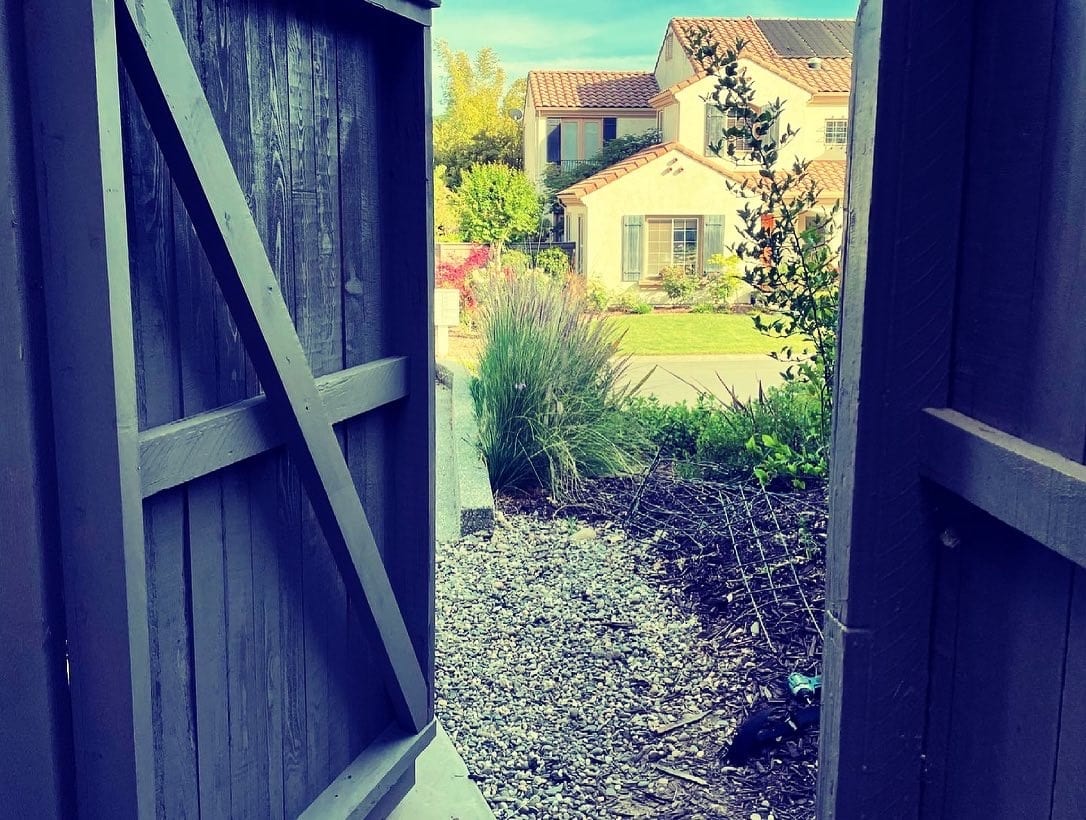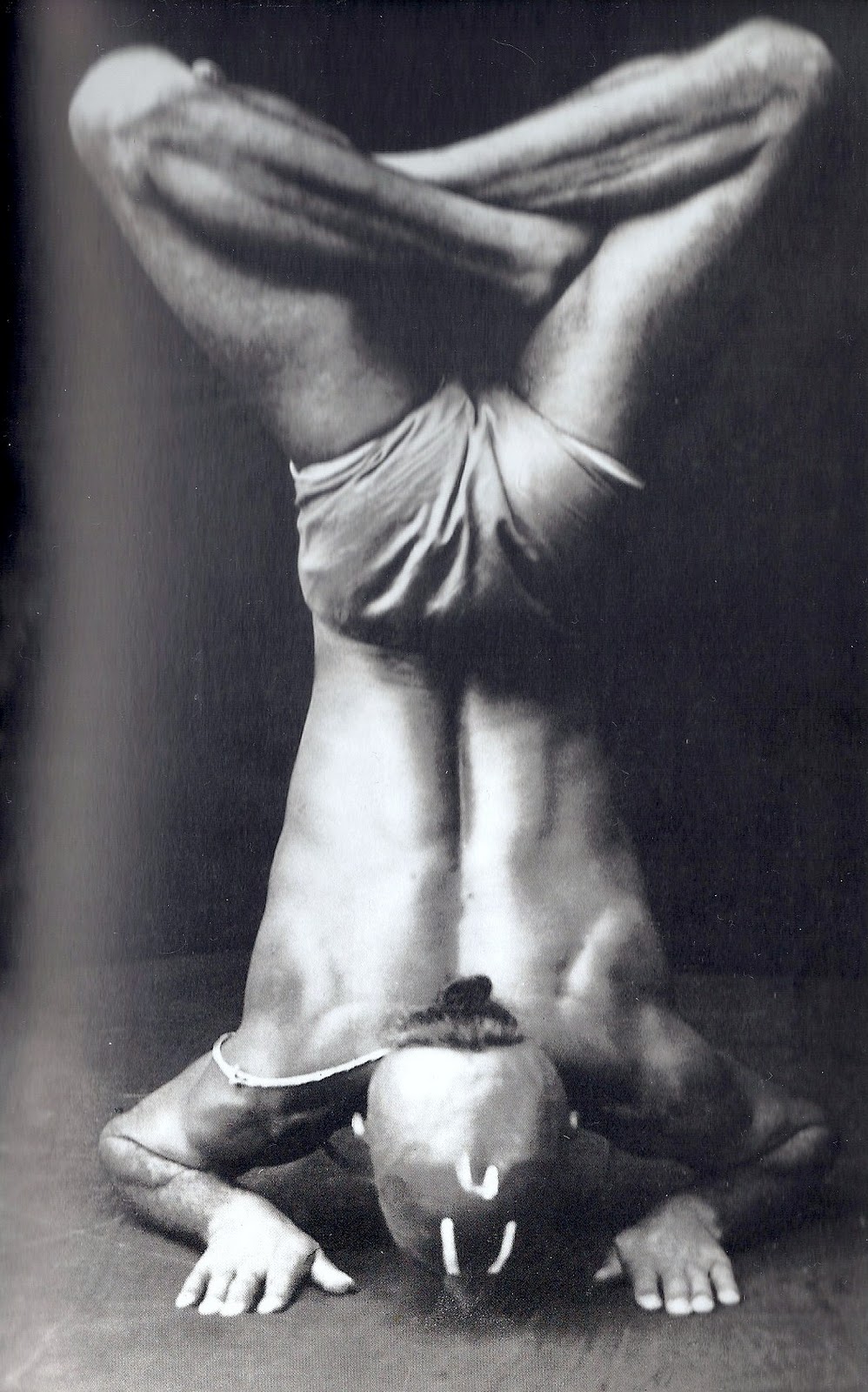Ashtanga Yoga with Elliot Workshop
I am honored to present you with my upcoming workshop series on Ashtanga Yoga. You can sign-up on the events page here. You can also sign-up on Facebook, if you so desire. Drop-ins are welcome, but you will be missing out on additional information on the series and future events. Practice the Primary Series by … Read more






